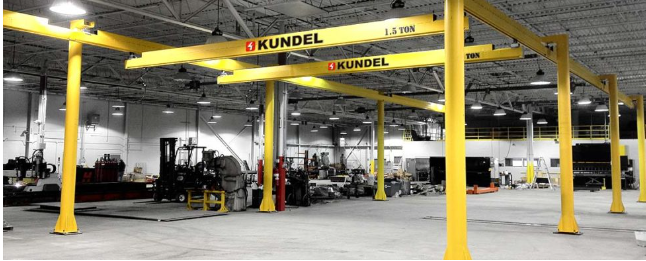Construction sites serve as dynamic hubs of activity where skilled professionals converge to shape the infrastructure that defines our society. These sites, undeniably pivotal for progress, also pose inherent risks when safety protocols are not rigorously upheld. It is imperative for all stakeholders in the construction industry, spanning from laborers to supervisors, to accord paramount importance to safety. This discourse shall expound upon six indispensable safety guidelines tailored for the construction milieu to safeguard both oneself and one’s colleagues.
Adhere to Appropriate Personal Protective Equipment (PPE) Usage
One of the cornerstone safety measures within the realm of construction is the diligent utilization of suitable personal protective equipment (PPE). This all-encompassing set includes hard helmets, protective eyewear, ear shields, high-visibility vests, hand coverings, and safety footwear with reinforced toes. The prime function of PPE is to serve as a bulwark against potential perils like falling debris, loud noises, airborne particulates, and sharp materials. Always ascertain that your PPE fits impeccably and remains in pristine condition. The periodic replacement of any compromised or worn-out PPE items is indispensable to ensure the continuity of your safety.
Undergo Comprehensive Safety Training
Before setting foot on a construction site, undergoing thorough safety training is non-negotiable. This educational regimen should encompass diverse facets of construction safety, including hazard identification, emergency response protocols, and the proper operation of equipment and machinery. Consistent attendance in refresher courses is essential to stay current with the most recent safety standards and procedural revisions. Construction sites invariably impose specific safety mandates and regulations that workers must scrupulously adhere to, thereby necessitating an informed approach to avert potential mishaps.
Conform to Lockout/Tagout Procedures
Machinery and equipment constitute indispensable components of the construction milieu, yet they concurrently harbor potential hazards if not operated judiciously. Lockout/tagout procedures assume pivotal significance in ensuring the secure maintenance and servicing of machinery. This procedural sequence encompasses the isolation of a machine’s power source, the application of locking mechanisms to immobilize it, and the attachment of tags signifying that the equipment is undergoing maintenance. It is imperative to unfailingly adhere to these procedures when engaged with machinery to forestall inadvertent startups and associated accidents.
Sustain an Orderly and Tidied Work Environment
A clutter-free and methodically organized work environment obviates the propensity for accidents. It is imperative to guarantee the proper storage of materials and tools and to undertake regular clearance of debris. A well-ordered site not only mitigates tripping hazards but also augments overall operational efficiency. Ensuring the unimpeded flow of pedestrian pathways and stairwells, coupled with the periodic review and upkeep of safety signage, are foundational aspects of this endeavor. This commitment to an organization reduces the risk of accidents and fosters a smoother workflow, minimizing downtime and enhancing productivity, ultimately benefiting the entire construction team.
Foster Effective Communication
Pristine communication stands as a linchpin in the construction arena. Workers must cultivate a seamless exchange of information amongst themselves and with their supervisors to ensure universal awareness of potential hazards and safety protocols. Embrace a proactive stance when encountering ambiguities or uncertainties, readily seeking elucidation when necessary. Furthermore, the utilization of hand signals, radio communication, or other designated tools is indispensable to maintain seamless contact with heavy equipment operators, such as those operating a 3-ton overhead crane, and crane personnel, whose field of vision may be constrained.
Maintain Vigilance and Guard Against Complacency
Construction sites frequently teem with noise and commotion, yet maintaining unwavering vigilance is non-negotiable. Complacency, even within the context of long-standing site familiarity, must be assiduously averted. Its insidious onset can precipitate lapses in judgment and heighten the likelihood of accidents.
Therefore, it is crucial to consistently cultivate situational awareness, especially when operating heavy machinery or working at elevated heights. Staying alert and attuned to your surroundings ensures that you can swiftly respond to changing conditions, minimize risks, and protect both yourself and your colleagues, promoting a culture of safety excellence.
Why Commercial Vehicle Accidents Occur: Understanding the Causes(Opens in a new browser tab)
Conclusion
Safety is paramount on any construction site. By wearing PPE, receiving proper training, following lockout/tagout procedures, maintaining a clean environment, communicating effectively, and staying vigilant, you enhance safety for yourself and your colleagues. Safety is a shared obligation, with each individual assuming a crucial role in averting accidents and minimizing the risk of injuries.
